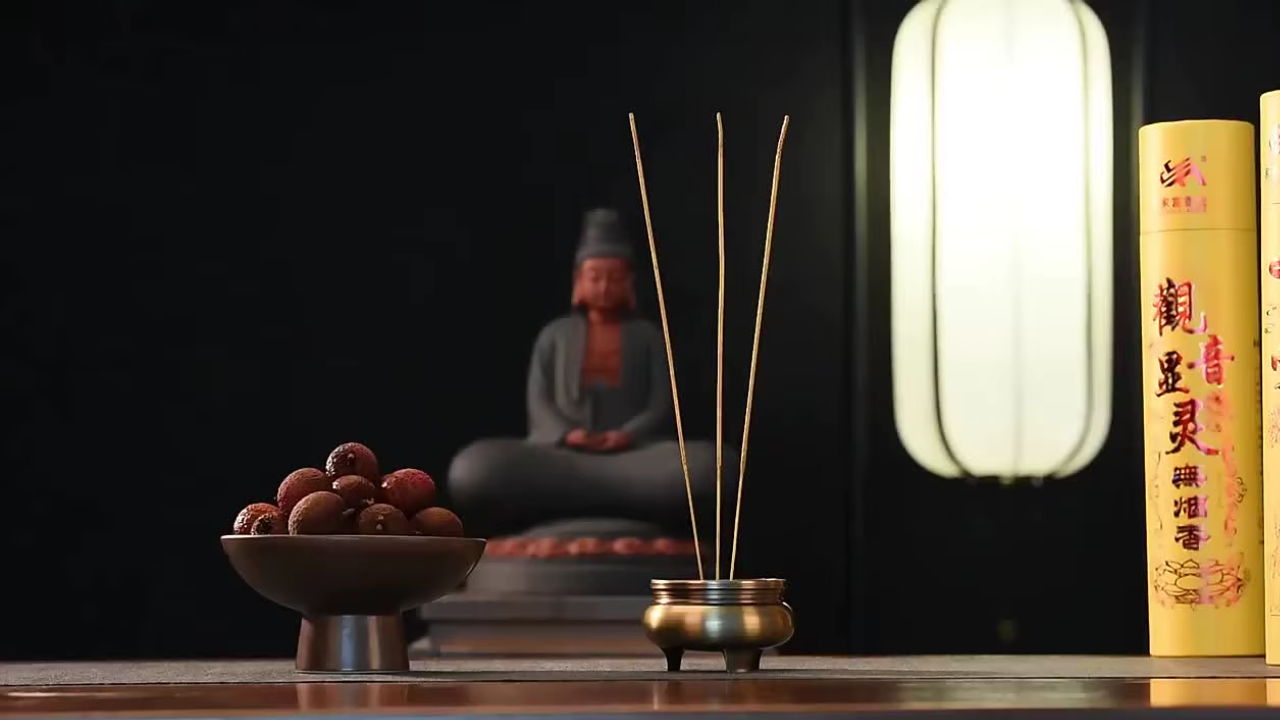An old cultural practice of traditional Chinese incense history has recently been revived. An ancient tradition, grounded in wisdom, balance, mindfulness, and a strong link to cultural roots, is the opposite of today's fast-paced world. It has been rediscovered for thousands of years as an object of spiritual enrichment, relaxation, and sensory pleasure. In addition to its use in ceremonies and religious practices, incense is used to help make meditation more harmonious, engage with nature, and connect people. Incense is renewed in the desire to preserve heritage and find peace in the life of modernity.
Historical Context
Incense culture in China started during the Han Dynasty and blossomed in the Tang and Song Dynasties. It played a key role in religious rituals, meditation, and the daily lives of scholars and aristocrats. Incense was thought to purify the space, help create inner peace, and promote harmony. In the late 20th century, it gradually became a necessary part of traditional Chinese medicine, art, and modernization. Its use was relegated (for the most part) to religious ceremonies or festivals with mass production and changing lifestyles.
The Contemporary Resurgence
The rise of interest in holistic living has driven traditional Chinese incense culture in the 21st century. The stresses of modern life cause individuals to turn to age-old practices. Incense is part of wellness practices, like performance and meditation, eliminating its calming and therapeutic properties globally. Incense made by hand with natural and sustainably sourced materials is increasingly becoming popular. Plentiful workshops and cultural events now focus on the history and art of incense making, and participants get a real-life feel of traditional craftsmanship. In addition, social media platforms have an important impact on spreading awareness. Influencers post about the elegance of incense burners, the beauty of complex religious rites, and the serene atmosphere created by the fragrance of smoke.
Cultural and Modern Fusion
The revival of incense culture is a return to tradition and an adaptation to modern lifestyles. Incense burners come in innovative designs, from minimalist contemporary to traditional motifs that suit all aesthetic tastes. New scent blends that appeal to younger generations are also created, blending traditional herbs such as sandalwood and agarwood with floral or citrus notes. Modern design incorporates incense to create a harmonious environment. Today, many urban households burn incense to create a calming ambiance—just as it once was. Additionally, the use of incense is gaining general popularity since luxury brands and wellness companies are beginning to offer incense-inspired products and scents.
A Legacy Rekindled
The revival of traditional Chinese incense culture is not merely a trend. It indicates an ardent need to return to one’s heritage and find a way to ease one’s mind. This practice continues in modern life and has become a bridge bridging past and present, encouraging people to appreciate a timeless tradition once more.
Conclusion
In contemporary life, traditional Chinese incense culture resurges and demonstrates people’s everlasting affection for ancient cultures that encourage people to be harmonious, mindful, and connected with our cultural heritage. As modern living becomes increasingly demanding of its people, incense becomes a reminder of the delicate balance of tradition and innovation. Adopting this evergreen art saves a precious cultural heritage and adds tranquility, beauty, and introspection to our day-to-day lives.


